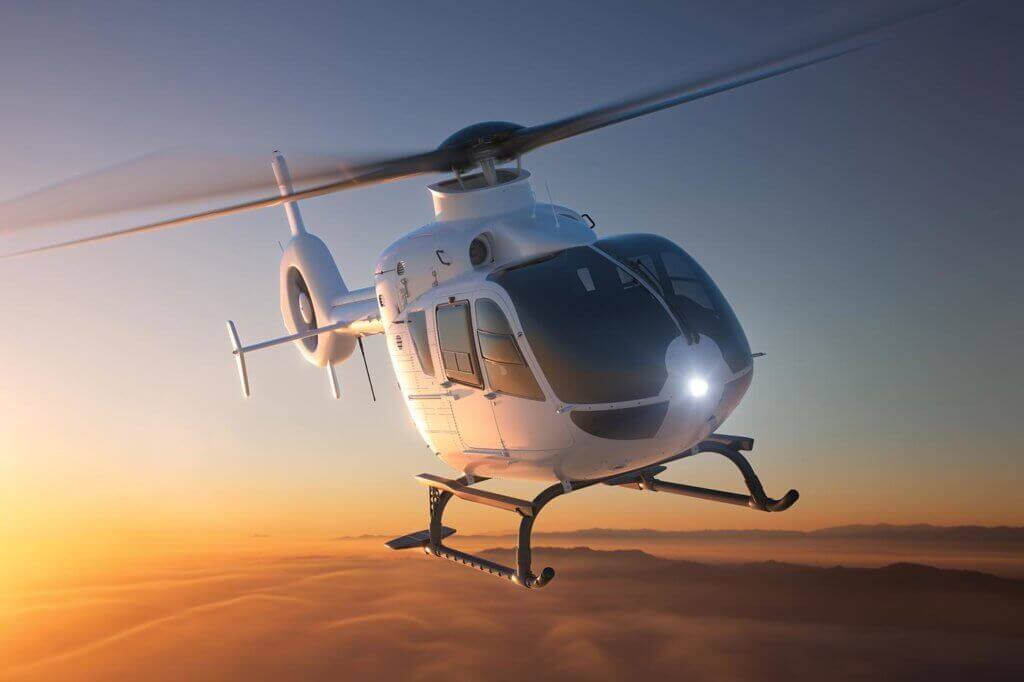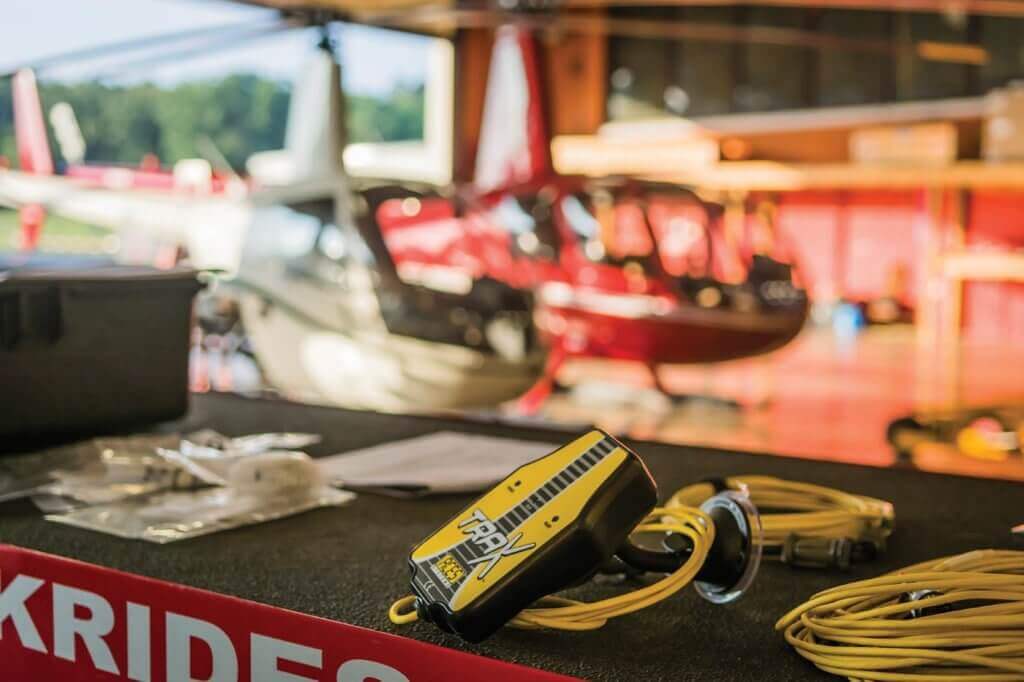Abnormal and unexpected vibrations are often clues that something is wrong with an aircraft, such as an unbalanced propeller or a loosening engine mount.
If addressed immediately, these vibrational clues can help technicians and owners avoid serious damage to the aircraft–as long as they can decode what these vibrations are trying to tell them.
 Making sense of aircraft vibration clues and providing a solution to the customer is the core objective of TEC’s ACES (Advanced Computerized Engine Survey) Systems.
Making sense of aircraft vibration clues and providing a solution to the customer is the core objective of TEC’s ACES (Advanced Computerized Engine Survey) Systems.
Short for Technology for Energy Corporation, TEC was founded in 1975. It soon made a name for itself designing and manufacturing high-quality industrial monitoring systems for the nuclear power production industry.
TEC purchased ACES Systems in 1990, five years after it was founded by renowned vibration expert Jack Foster, who wrote The Practical Aviation Vibration and Noise Handbook. TEC took ACES Systems’ pioneering of aircraft vibration analysis technology to the next level by diversifying the range and sophistication of the analytical equipment and improving its diagnostic algorithms.
 “We’re trusted in the industry because of our long history [of] providing simple solutions to complex problems,” said William ‘Buddy’ Simpkins, TEC’s president and CEO. “ACES Systems’ sophisticated range of vibration measuring equipment and analytical software helps aircraft technicians track down and decode the causes of aircraft vibrations accurately and effectively, ultimately saving them time and money.”
“We’re trusted in the industry because of our long history [of] providing simple solutions to complex problems,” said William ‘Buddy’ Simpkins, TEC’s president and CEO. “ACES Systems’ sophisticated range of vibration measuring equipment and analytical software helps aircraft technicians track down and decode the causes of aircraft vibrations accurately and effectively, ultimately saving them time and money.”
The accuracy and completeness of ACES Systems’ vibration detection and analysis solutions are the reasons this company has become a trusted supplier to aircraft and engine manufacturers. In fact, ACES Systems’ vibration analyzers are recommended by General Electric, Honeywell, Pratt & Whitney Canada, Robinson Helicopter Company, Rolls-Royce/Allison, Safran Helicopter Engines and Williams International. As well, its vibration analytical systems are currently in use in 145 countries worldwide.
 The analysis of aircraft vibrations starts by installing sensors on the apparent source of the vibration, such as a propeller or engine. This data is then fed into an ACES Systems analyzer such as the COBRA II. This analyzer combines the best features of an entry-level balancer with the spectrum analysis capabilities of top-of-the-line analyzers.
The analysis of aircraft vibrations starts by installing sensors on the apparent source of the vibration, such as a propeller or engine. This data is then fed into an ACES Systems analyzer such as the COBRA II. This analyzer combines the best features of an entry-level balancer with the spectrum analysis capabilities of top-of-the-line analyzers.
“The COBRA II uses its visual display to walk the technician through step-by-step vibrational data collection and analysis, even if they have little or even no training in this area, and the data is collected in a single sweep,” said Ron Smith, director of ACES Systems Global Solutions. “This feature allows the technician to conduct a detailed analysis over a wide range of vibration frequencies, helping to pinpoint variances and increase accuracy of the balance job.”
“One major feature of ACES Systems’ vibration analysis software is the power of our algorithms,” said Simpkins. “Our algorithms literally ‘learn’ about the aircraft they are working on, developing a customized appreciation for the technology that speeds up testing in succeeding applications, just as if the algorithm had its own artificial intelligence.”








